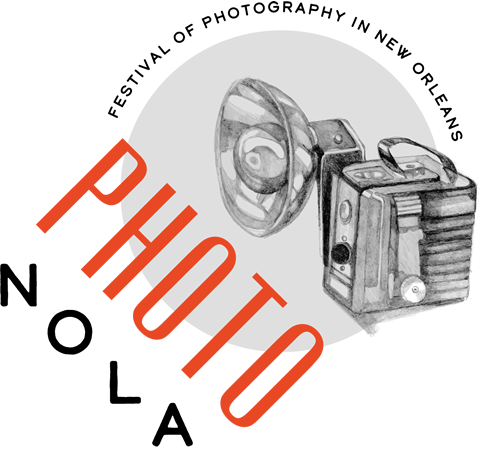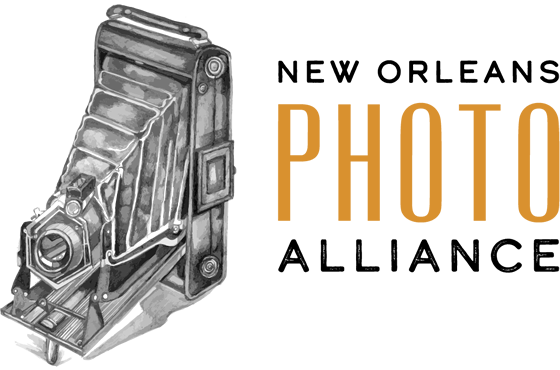Ray Mikell interviews Lori Waselchuk, 2007 recipient of the PhotoNOLA Review Prize. Her Grace Before Dying project, which also earned support from the Aaron Siskind Foundation, the Louisiana Endowment for the Humanities, the Baton Rouge Area Foundation and the Open Society Institute, is being published by Umbrage Editions, June 2011.
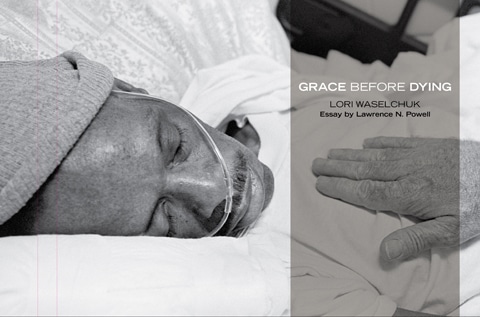 Publisher’s description:
Publisher’s description:
Grace Before Dying documents the prison-run hospice program at the Louisiana State Penitentiary at Angola, Louisiana. The photo essay charts the extraordinary breakthrough in humanity that has helped transform one of the most dangerous maximum security prisons in the United States, Louisiana’s notorious Angola prison, into one of the least violent. Quotes from the incarcerated hospice volunteers and patients accompany the searing photographs set in a carefully built sequence that charts the development of a culture of caring and compassion that challenges stereotypes of incarcerated people, and provides an intimate perspective on what long-term and life sentences signify for those inside.
An exhibition of the work is currently on view at the Photographic Resource Center in Boston, where Lori will be speaking on May 19, 2011.
***
RM: How did you learn about this prison hospice initiative? Did foundations or anyone in particular approach you about the hospice, or was it the other way around?
LORI: I started the project then I received support and opportunities as the work progressed. I learned about Angola’s hospice program through an assignment from the magazine Imagine Louisiana – which has since closed. The editor, Arthur Smith, asked me to create a photo essay about the program. I worked on that assignment in the spring of 2007.
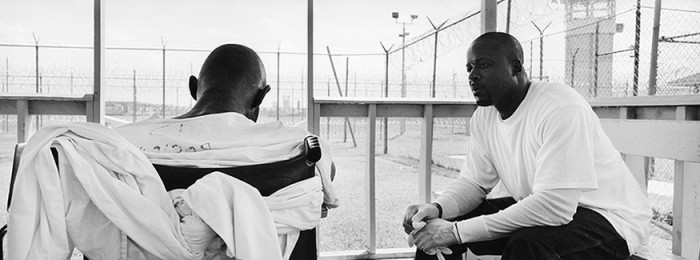
RM: How did you gain such extraordinary access to the penitentiary?
LORI: After completing my assignment for the magazine, I knew I wanted to try to continue working on the project. I explained what I wanted to do to the warden in charge of communications and asked for permission to continue photographing the project. I was persistent, but I tried to be conscious that my presence required extra resources and energy from the security and medical staffs at the prison.
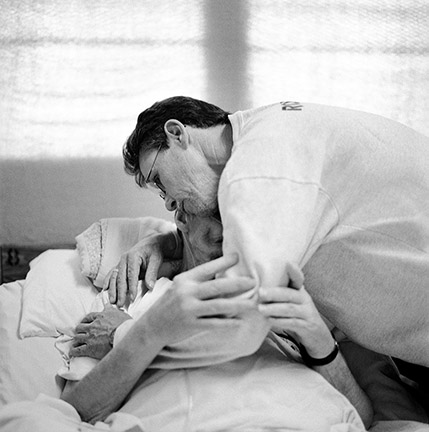
RM: Did you have to gain pre-clearance for every photo session? Did you have concerns about spontaneity or staginess of the photos due to any restrictions?
LORI: Yes, every session took several days of negotiations and preparations. But because I had the support of the hospice coordinator, once I was in the hospital ward I was able to do my work without much interference. The volunteers and patients also seemed to understand what I was trying to accomplish. They supported my work and I believe they remained open to my presence because they appreciated the fact that I was telling their story.
RM: How long did this project take to come to fruition?
LORI: I was introduced to the hospice volunteers in Dec 2006. I continue to visit the prison whenever possible, but I took my the last photo for the essay in December 2008.
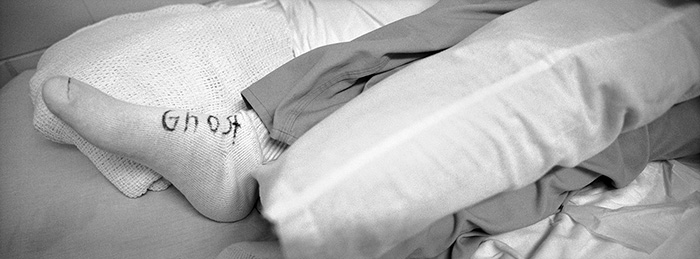
RM: How much time did you spend at Angola?
LORI: It’s hard to say. I made at least 15 visits and each visit averaged four hours.
RM: Did you get to know any of the prisoners well, specifically those being treated? If so, how did this affect your work?
LORI: Yes, I think I have gotten to know many of the incarcerated volunteers, especially the quilters. I think my relationship with the men has deepened my commitment to the hospice program as well as my project. I also feel deeply grateful to the patients and their families who allowed me to spend time with them during the most difficult of times.
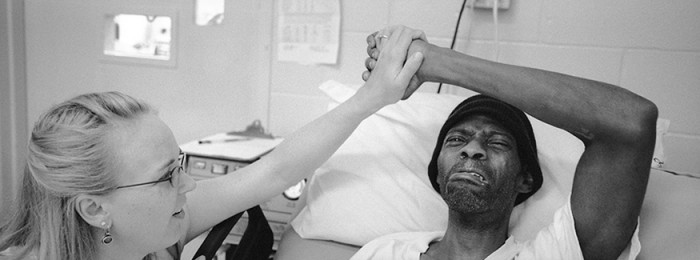
RM: Were Angola’s authorities eager to get the word out about the hospice initiative, or reluctant, or somewhere in between?
LORI: I think they are eager to talk about the hospice program and consider it one of their most successful programs. It is one of the reasons they allowed me such incredible access. After I completed the project, a television producer was given access as well. She has completed a documentary about the hospice program at Angola Prison. It will be featured on the Oprah Winfrey Network at 8pm on July 28th, 2011. The film is called, “Serving Life” and is narrated by Academy Award winning actor Forest Whitaker.
RM: What equipment did you use? Were there particular lighting concerns at work here?
LORI: I used several cameras but my main camera is the Hasselblad XPan II. I shot Tri-X film because the lighting was institutional and difficult.

RM: Do you have any advice for photographers who may have difficulty getting to their potential subject matter due to security concerns or various rules and regulations? What I keep thinking about was how difficult it must have been just to get started on your photographic work here, what kept you going through what had to have been some difficulty.
LORI: I think each institution must be different, but a photographer should clearly present her idea, and be persistent. It helped that I approached my project as long-term, so if I wasn’t able to photograph something during a visit, I would ask to do it during the next visit.
Access is key to the work of documentary photographers. It is important that a photographer is able to clearly describe the project they hope to do. But that is only half of a conversation about access. The subject or institution that the photographer is trying to receive permission from has their own requirements and expectations. It is important to try to think about that when asking for access. ‘No’s’ are a big part of this process though.
While working on Grace Before Dying I was often denied access for months. But the hospice coordinator, and later the assistant warden at the time, were my advocates. We continued to stay in touch. I believed in the project a great deal – partly because of the positive feedback I received from reviewers at the PhotoNOLA Reviews. So I never gave up until I felt I had enough photographs to tell the story adequately.
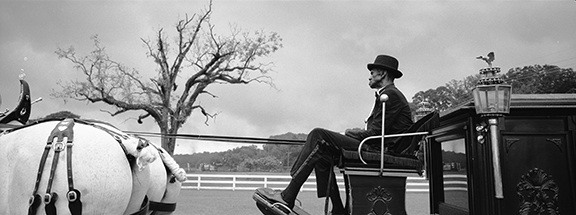
RM: What’s next for you?
LORI: This summer I’ll be working on a project about the Block Captains of Philadelphia. Philadelphia is a city of eclectic neighborhoods, very similar to New Orleans. The Block Captains are like the seeds of grass roots organizing in the city. It will be a way to talk about the possibilities of community leadership and the personality of Philadelphia.
***
To see more of Lori’s work,
visit her website and www.gracebeforedying.org.
Ray Mikell serves as chief contributor for the New Orleans Photo Alliance’s blog. This is the second in a planned series of photographer interviews for the PhotoNOLA blog.
